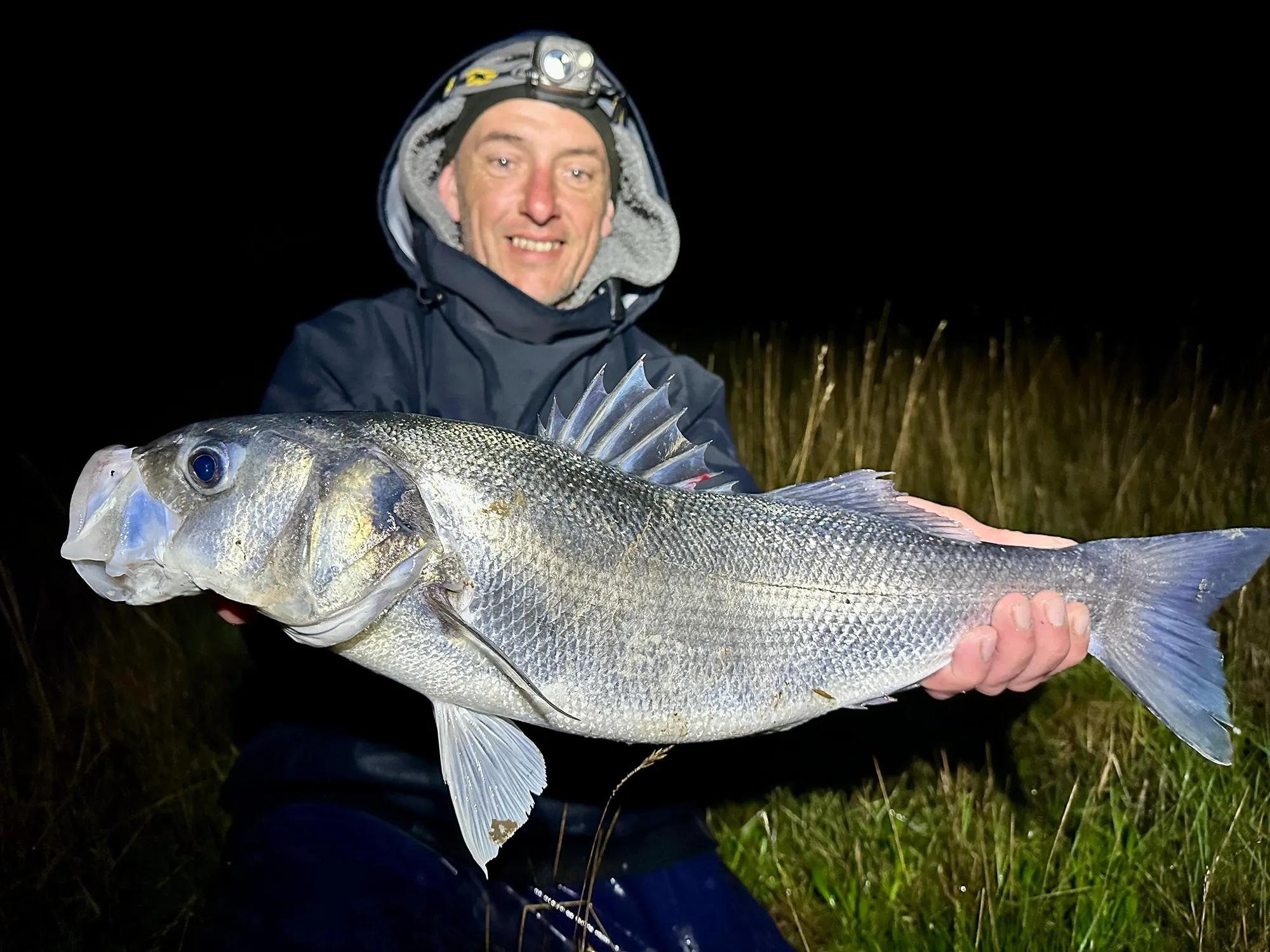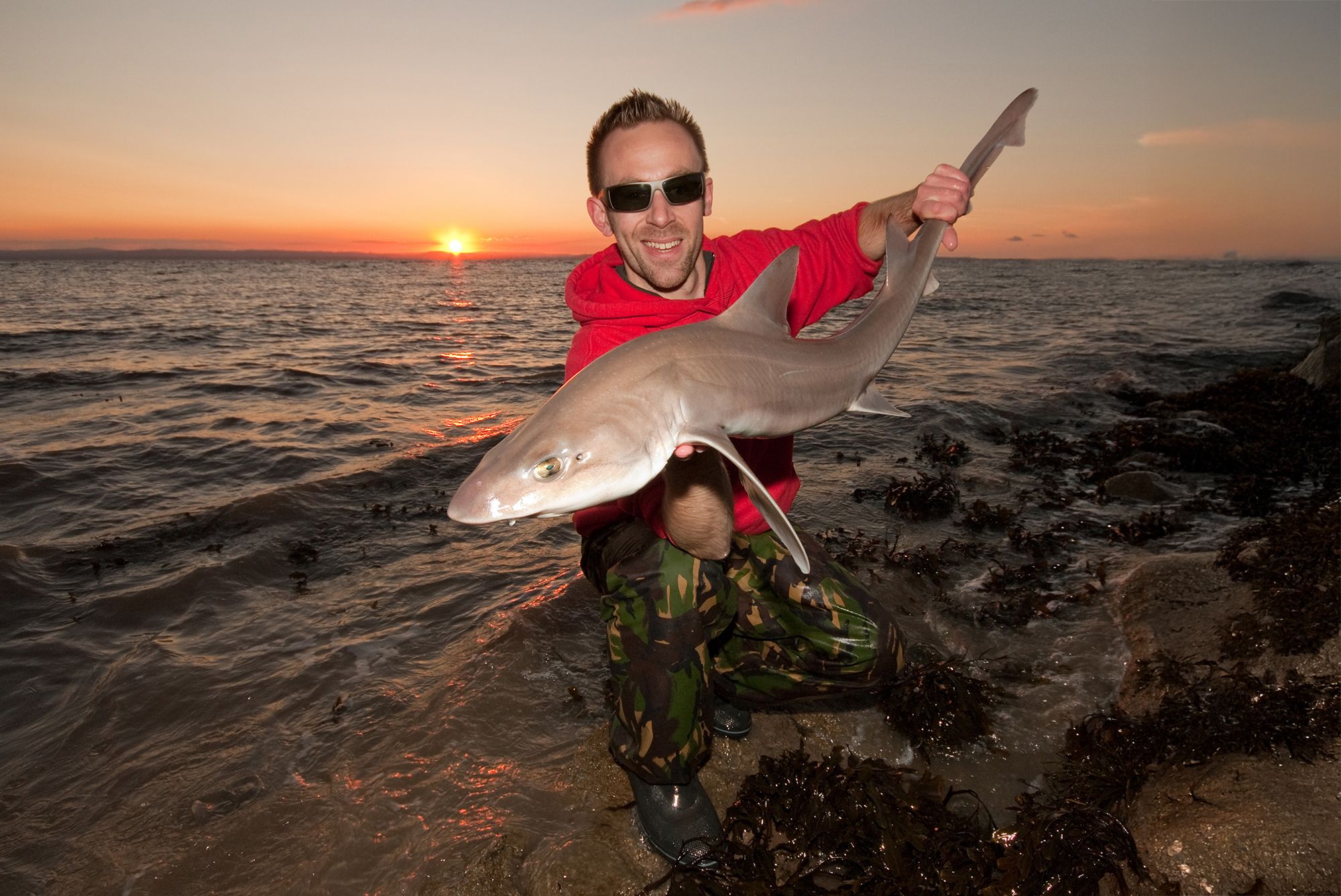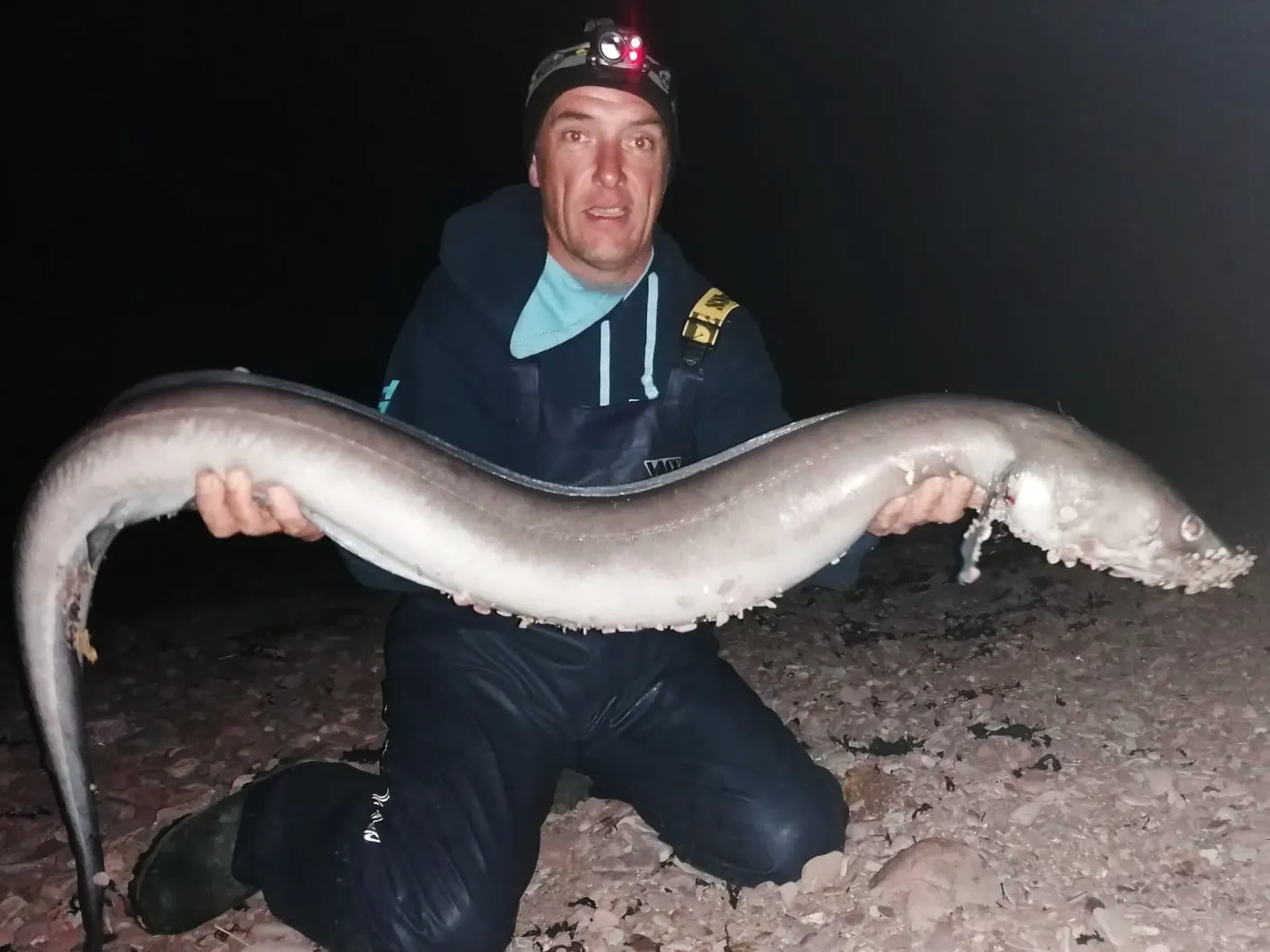How to Catch Thornback Rays from the Shores of the Bristol Channel
Explore this guide to learn more about How to Catch Thornback Rays from the Shores of the Bristol Channel.
How to Catch Thornback Rays from the Shores of the Bristol Channel
Everything you need to know
One of the most prolific species in the upper Bristol Channel- find out how to catch the thornback ray here. If you’re looking for an enjoyable sea angling experience, catching a thornback ray along the shores of the Bristol Channel should be at the top of your list. These stunning rays are an admirable catch for many shore anglers, thanks to their unique appearance and despite what you might hear, also the fight they can put up when hooked. Whether you’re a seasoned angler or a beginner, this guide will walk you through the essential tackle, techniques, and best locations to help you land a thornback ray on the Bristol Channel.

Understanding Thornback Rays and Their Habitat
Thornback rays are found in the waters of the Bristol Channel year-round, but they are most commonly targeted during the warmer months when they come closer to shore to feed and breed. These rays prefer sandy or muddy seabeds, often near reefs, rocks, and drop-offs where they can find plenty of food. The Bristol Channel, with its mix of tidal currents and diverse seabed features is an ideal location for these creatures to thrive. They are typically found in depths ranging from 1-10 meters, though they are often caught from the shore in even shallower water when the water temperature rises.
The rays’ diet mainly consists of crabs, small fish, and worms, which are abundant in the Bristol Channel. Understanding the ray’s habitat will give you a better idea of where to fish. Thornback rays are most active around estuaries, muddy gulleys and beaches with gentle slopes. In particular, locations such as Weston-super-Mare, Burnham-on-Sea, and Clevedon are popular hotspots for anglers targeting thornback rays.

The Right Tackle for Thornback Rays
To catch thornback rays from the shore, you’ll need the right tackle. Thornbacks can put strain on your tackle, so using appropriate gear is key to successfully landing one.
Rod and Reel
A 13 to 14-foot beachcasting rod that can cast 6-7oz is ideal for targeting thornback rays from the shore. This length provides easy casting distance to reach deeper waters where the rays might be feeding. A good quality fixed spool or multiplier reel loaded with an 18-20lb mainline will suffice.
Rig Setup
A standard pulley rig is a popular choice when fishing for thornback rays. This basic and streamlined rig allows you to cast long distances and ensures the bait stays close to the seabed, which is where rays are most likely to be feeding. The pulley rig’s sliding weight system also helps minimise snagging on the seabed, making it more effective when fishing in areas with rougher ground. A dongle rig can aid a positive lip-hook, ensuring that your fish can be returned if you so wish.
You’ll need to rig up with a strong, abrasion-resistant line, such as 80-100lb test line for the main rig body. For the hooks, choose a strong, size 4/0 to 5/0 hook such as the Varivas Big Mouth Xtra, which is the ideal size for thornbacks. Use a 2-3 foot length of 80lb leader material, which again is tough enough to withstand prolonged use over what might be a harsh terrain.
Bait
Thornback rays are not particularly fussy eaters, but they tend to prefer natural baits such as whole fish, squid, or crab. Fresh or frozen mackerel, bluey, herring, and ragworm are all effective options. When using squid, you can either use a whole squid or a combination of squid and one or more of the other fish baits mentioned. Creating some scent in the water is key.

Best Locations to Catch Thornback Rays in the Bristol Channel
As mentioned earlier, several spots along the Bristol Channel offer excellent thornback ray fishing opportunities. Let’s take a look at some of the top locations:
- Weston-super-Mare: Known for its sandy beaches and rock promontories offering access to deeper waters, Weston-super-Mare is a favourite area for ray anglers. This area is particularly productive during the summer months.
- Burnham-on-Sea: Another prime location in the Bristol Channel, Burnham-on-Sea offers ample shore fishing opportunities. Thornback rays can be caught from the beach, especially when fishing early in the tide.
- Clevedon: With its rocky shoreline and proximity to deeper waters, Clevedon is another excellent spot for targeting thornbacks. This area also attracts blonde rays.
Tips for Successful Thornback Ray Fishing
- Timing is Key: Thornback rays are most active in warm water. High pressure and Easterly winds can kill sport, southerly winds, overcast skies and muggy weather is most productive.
- Watch the Tides: Rays are more likely to come closer to shore during high tide. Check the tide tables and plan your sessions accordingly. The Bristol Channel has the second highest tidal range in the world, so double check before heading out.
- Patience Pays Off: Thornback rays can be cautious feeders, so give the fish plenty of time to take the bait before picking up your rod.
Conclusion
Catching thornback rays from the shores of the Bristol Channel is a rewarding experience for anglers who are new to the sport. By using the right tackle, choosing the right bait, and fishing in the right locations, you can increase your chances of landing one of these impressive creatures. So, grab your gear and head to one of the Bristol Channel’s fantastic fishing spots. Better still, join me on a guided session and let me show you how I go about it!


